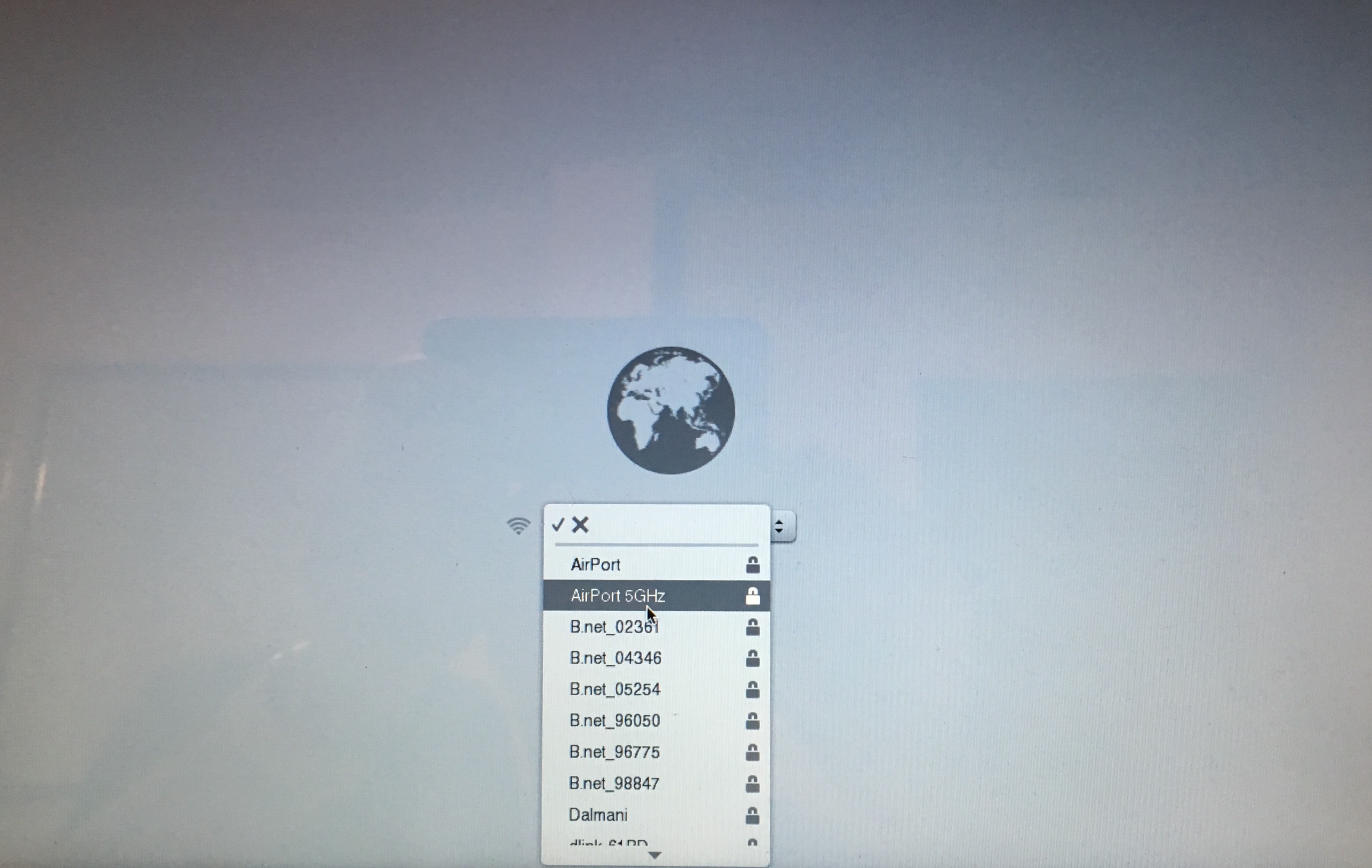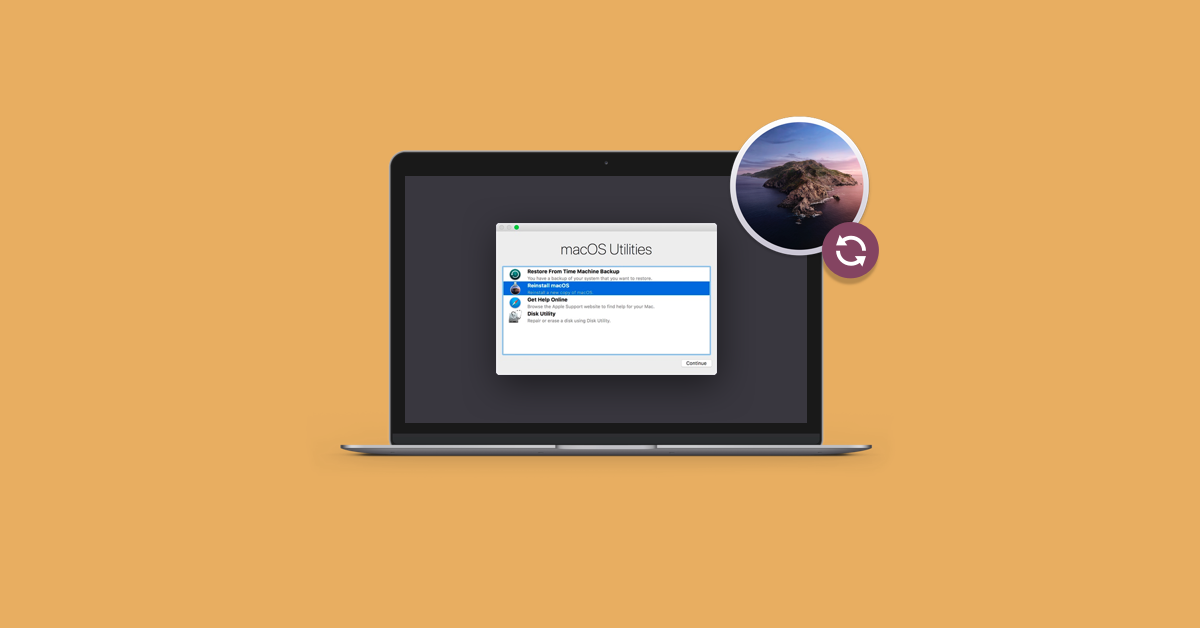

Start or restart your Mac, then immediately press and hold the Command + R keys. Your Mac starts in macOS Recovery mode.ġ. Release it when you see “ Loading startup options.”ģ.

If your Mac is turned on, go to the Apple menu > Shut Down to turn it off.Ģ. For that, perform any one of the following applicable methods:ġ. Step 2: Boot your Mac into macOS Recovery mode. Click Partition and close the Disk Utility (The USB is formatted using the MBR. Select MS-DOS (FAT) in the format type and click Apply. Select 1 Partition in the partition layout and select Master Boot Record in the options.
MAC OS RECOVERY MAC OS X
However, if you are using Mac OS X as well as an external drive or. Select your USB drive and click on Partition. Step 1: Ensure the Time Machine backup hard drive is connected to your Mac. Unfortunately, Mac does not provide a system restore option like its Windows counterpart.

The steps to restore data from Time Machine backup using recovery mode are as follows: To start the installation process, select Reinstall macOS from the utilities window in macOS Recovery, then click Continue and follow the onscreen instructions. So, take back up of the newly created files on your Mac to an external drive to avoid losing them permanently. Warning: Restoring files from Time Machine backup might remove the latest files that you’ve created. When you have a Time Machine backup, you can restore all the backed up files-including the accidentally deleted files-at once in recovery mode in macOS Big Sur 11. Restore Deleted Files from the Time Machine Backup Using macOS Recovery
MAC OS RECOVERY FOR MAC
In case of any data loss, use the above data recovery software for Mac to recover them on your Mac with installed macOS Big Sur or earlier. The next section elaborates on how you can restore your deleted files using Time Machine in macOS Recovery mode.
MAC OS RECOVERY HOW TO
How to set up and customize your Mac from scratch Questions? If you're starting from scratch, you'll need to set up your Mac from scratch. Your Mac will now go through the normal macOS installation process, eventually restarting. Select Disk Utility from the Utilities window and click Continue. Release the keys when you see an Apple logo When you see the utilities window, you have started up from macOS Recovery. To Start Mac in Recovery Mode, Restart your Mac > Press and hold Command () + R > Release the keys once you see the Apple logo, spinning globe, or another startup screen.
MAC OS RECOVERY INSTALL


 0 kommentar(er)
0 kommentar(er)
